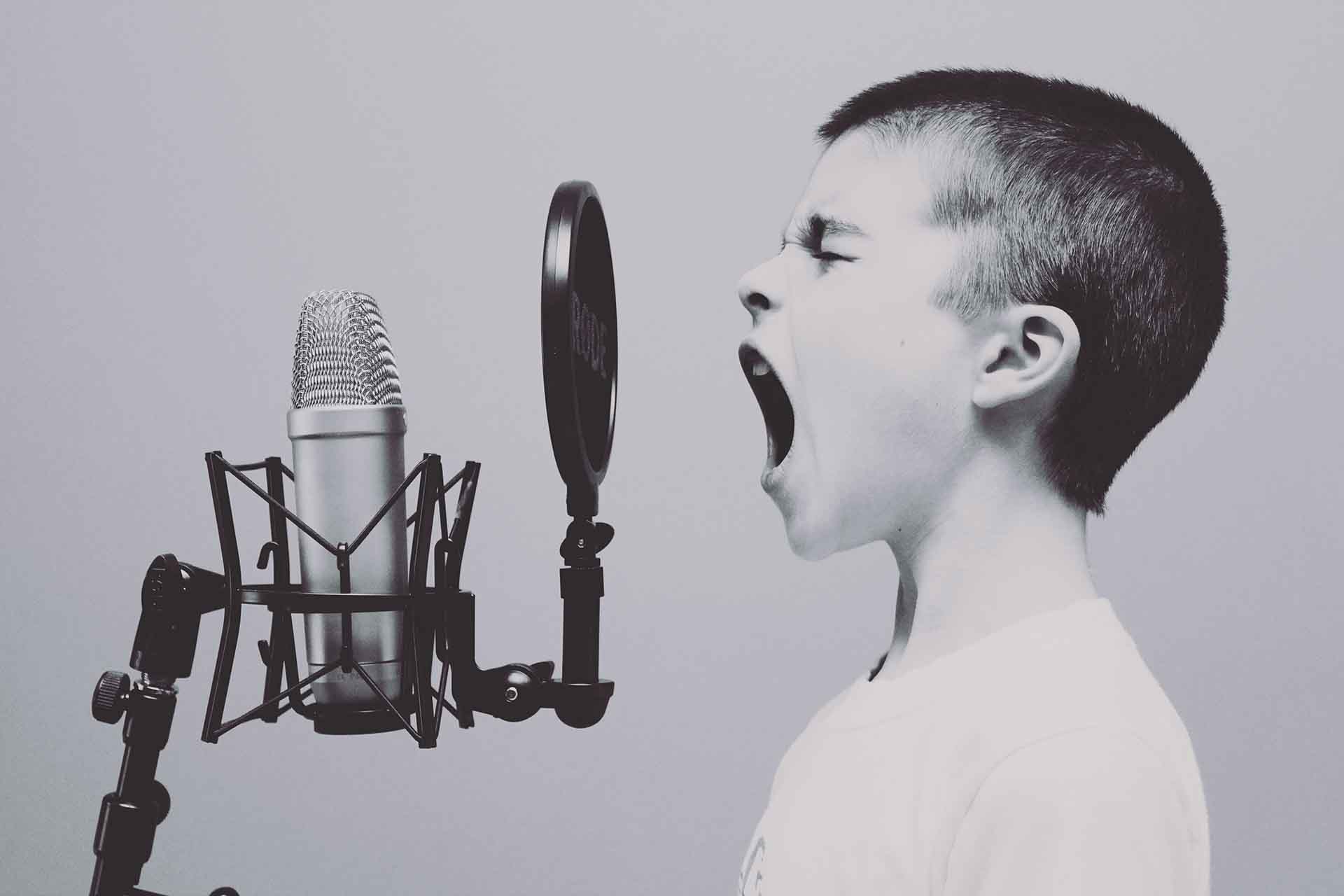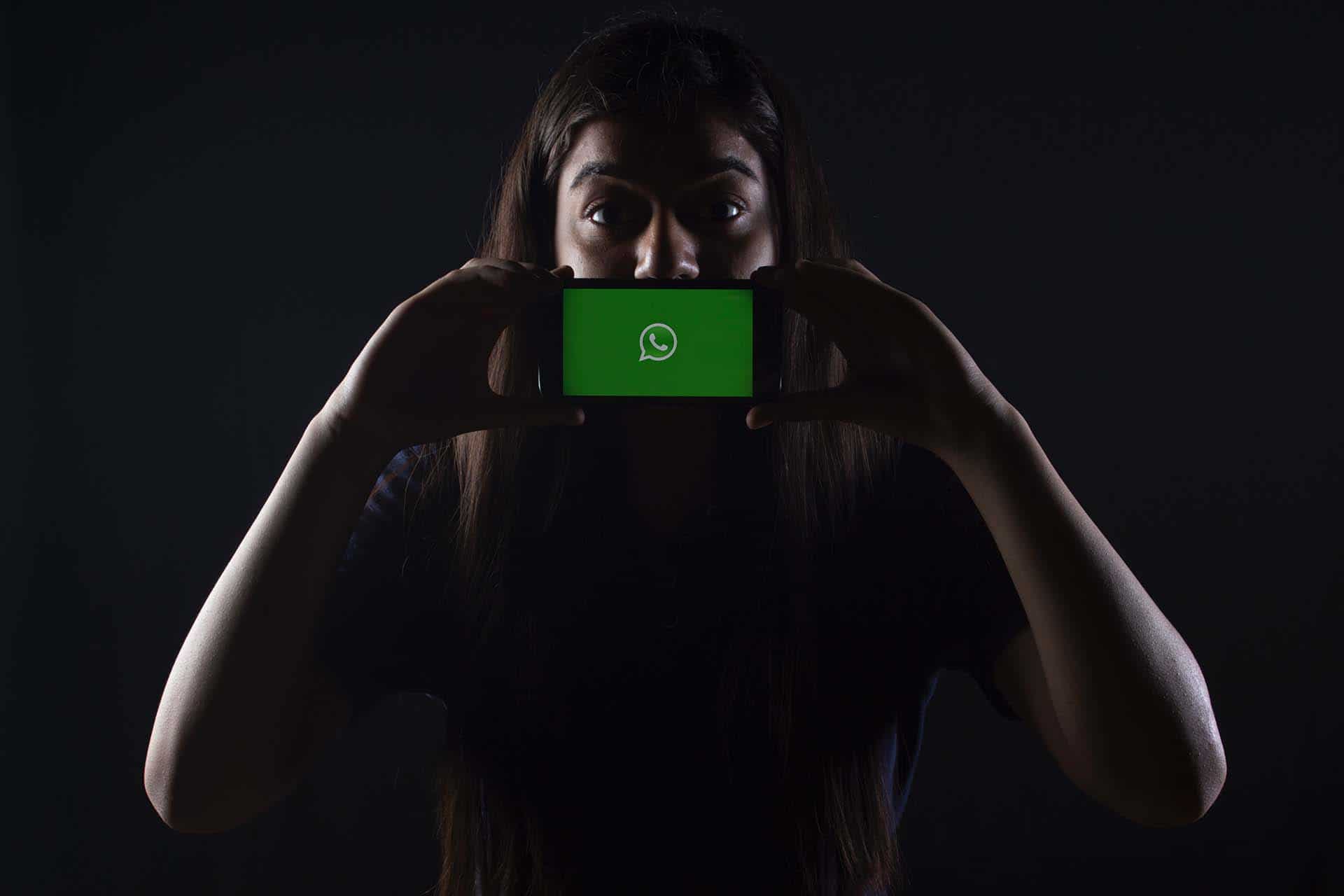Emojis in communication
For the greying digital immigrants, the PC is still a cold device, a working apparatus, the use of which had to be laboriously learned. For the younger ones it is a social machine on which one can be online while watching TV. Emojis express our mood and spread cheer. There is nothing to be said for the credo of the ancients, according to which concentrated work must always run separately from enjoyment or entertainment. Why should it? Multitasking, zapping and preferring to send SMS or WhatsApp rather than making a phone call was the young man’s cradle. They prefer to trust reader reviews on the net or customer reviews on Amazon rather than classic word of mouth. While the more mature immigrants worry about data protection, contaminated sources of information and consequences around us “transparent people”, the chatting natives have little problem merging private life and working life. Generation X, on the other hand, distrusts traditional knowledge authorities and thinks in flatter hierarchies, not in structural organisation charts. They do not mind revealing personal details online.
Communication is changing
No matter if in the high management level or in the creative area – everybody uses the funny icons. Tatjana, why are they so popular?
Tatjana: Emoticons are not new! This word crossing of emotion and icon originally had the function of including moods and body language in the flow of speech. The word creation alone is new, because emoticons already existed 130 years ago (1881!!). Old and new smileys complement the narrative text and provide a barometer of the mood of the author. Ironic messages and word jokes can be represented by winking males, as well as worry or anger by mimic distorted faces. In this way, punctuation marks were given a completely new meaning for the first time. Everyone knows what colon, hyphen and bracket mean: ;-)!
Soon emojis will also be available in passwords. Are the icons also conceivable in books, maybe even schoolbooks? What about letters of application?
Tatjana: Emoticons, icons and pictograms are electronic tokens that even find their way into the written language. Even on handwritten Post-Its these tokens “:-)” can be found, although these smileys were originally only slanted because at the beginning electronically one could not represent an upright grinning moon face. “Form follows function” is obsolete and invalidated here. Sideways written smileys were even implemented back into the handwritten language. And yes, I have seen emojis in schoolbooks already some years ago. They have long since arrived in business. There are now icons in job application letters as well. For the category “education” you find more and more often graduation caps, the so-called “square caps”.
Dangers, disadvantages and areas of application
Isn’t there also the danger of sending out the wrong signals?
Tatjana: Yes, there is. For example, pistols or other graphically stylised weapons as “Secret Weapon” are disconcerting when applicants want to positively emphasise their special talents or outstanding abilities. This has neither a positive nor inviting effect. No boss wants to feel threatened already in the application phase.
What positive sides can you see in this trend?
Tatjana: Pictograms are precursors of many languages. Today they are used again for standardisation. No matter what country someone comes from, what education someone has received – the little pictures can be decoded by anyone. Globalisation has also left its mark here. Internationalised symbols are ISO certified (ISO 7001) and must be interculturally understandable, just like traffic signs, for example. They have long been used in workbooks, as announcements of exercise passages or as graphic elements that serve to structure texts and make the layout appear tidy.
Since they are internationally understandable, they do not need to be translated, because we have long since learned their meaning. And if they are unknown, they are usually self-explanatory.
Are there also disadvantages?
Tatjana: Sure, pictograms are pictorial and replace the forest of letters, but they also seduce to a simplified way of thinking. Because: Our world is complex. The thicket of advanced knowledge, innovations and achievements seems impenetrable. Behind it, the opinions of individuals in many places fall into a deep sleep. The most frequent excuses for current and politically relevant topics, which I also experience in everyday training: “That’s too complicated for me…!”, “I can’t think of anything to say at the moment”, “I don’t know enough about that.” The own opinion is more and more often made dependent on the situation and the respective conversation partner. Thus it is as changeable as the weather in April. But the personal views of each individual decision-maker are in demand today! After all, democracy needs points of view. In a society that is lazy in its thinking, populists and opinion leaders have an easy job. This is no different in a company. If the management level is already weakened, then this is not a good omen. Change processes and digital disruption cannot be transported with emojis.
Where do the popular emojis definitely have no place?
Tatjana: In documents that are official, serious and legitimate, you should avoid emojis. Nobody needs a sad smiley in the condolence book, on the divorce papers or in the termination letter. On Facebook, for example, the sad smiley in R.I.P. announcements is an adequate reaction. Analogous is not possible.
And where are they well used?
Tatjana: On the other hand, if you want to test products, ideas or campaigns in social media, you use emojis as a barometer of public opinion. Why? People are more likely to participate. Online feedback forms also work with grins for good keynote speakers or trainers. The neutral smiley stands for: “mediocre” to “well, it went like this” and with the sad face you can be sure the contribution was “boring” or simply “bad”.
The subject line offers emojis more and more often a successful stage. Tests have shown that mails are more likely to be opened if emojis are used in the subject line to the mail content. – Especially when it comes to newsletters or mailings; they simply attract attention and stand out in the inbox between the gray forest of letters.
Are some symbols also used incorrectly?
Tatjana: Yes, the face with the open eyes stands in the west for “awesome”, “incredible” or ” I am amazed”. In the Japanese original it stood for shame or an embarrassing situation. “Wrong” used in the sense of ambiguity are of course cactus, bamboo (both resemble the middle finger) or once the original version of the heart-shaped peach. This had to be defused, as it was always associated with a female buttocks and was widely used in relevant industries. Emojis do not have to be “sexist”. How political they can be was always discussed recently with Burka, Hijab & Co.
Trends and international comparison
What are the trends and how does an international comparison turn out?
Tatjana: “Costumisation” is still a trend. These pictorial ambassadors are offered in a target group and customer-oriented manner. Animal lovers, for example, use animojis. On the iPhone X you can even use your own voice and personal facial expressions for this.
For self-promoters, the WhatsApp message that anyone can create their own emoji with the Smiley Creator or Tool Time was a visual feast. More demanding ones relied on YourMoji. The Bitmoji app also offers personalised avatars and more are coming online in stores every day. I have met team leaders who use them in their weekly emails to their crew.
Over the years it will be interesting to see the Emoji ranking in a country comparison. Cultural differences are already emerging. While in Russia the kissing mouth is used more often, in France the arrow pierced heart is at the very front. In the Arab world more roses are sent out for it and in Germany the monkey, who covers both eyes, leads the hit list.
Do you also speak emoji? 🙂
Tatjana: Sure! 😉
Notes:
Information on Tatjana Lackner can be found at www.sprechen.com. She regularly publishes interesting facts about communication (in German) at www.sprechen.com/blog.
Tatjana Lackner has published additional articles here in the t2informatik Blog:

Tatjana Lackner
Tatjana Lackner is one of the leading communication & behavior profilers. Her eye captures people. Her ear hears personal details from every voice. She recognizes the smallest aspects of behavior. The “Trainer of the Year” (Magazin Training) is a politician coach, 6-time bestselling author, 2-time mother and already a young grandmother. Tatjana Lackner is by her effective Coachings Top Trainerin of German-language radio and television moderators, of many high-level personnel, managers, politicians and successful enterprises at home and abroad. She recognizes the potential learning fields of her clients in a flash. She formulates her trainer feedback in a precise, accurate and noticeably honest way. Tatjana Lackner’s trainings, seminars and events guarantee a high fun factor.


